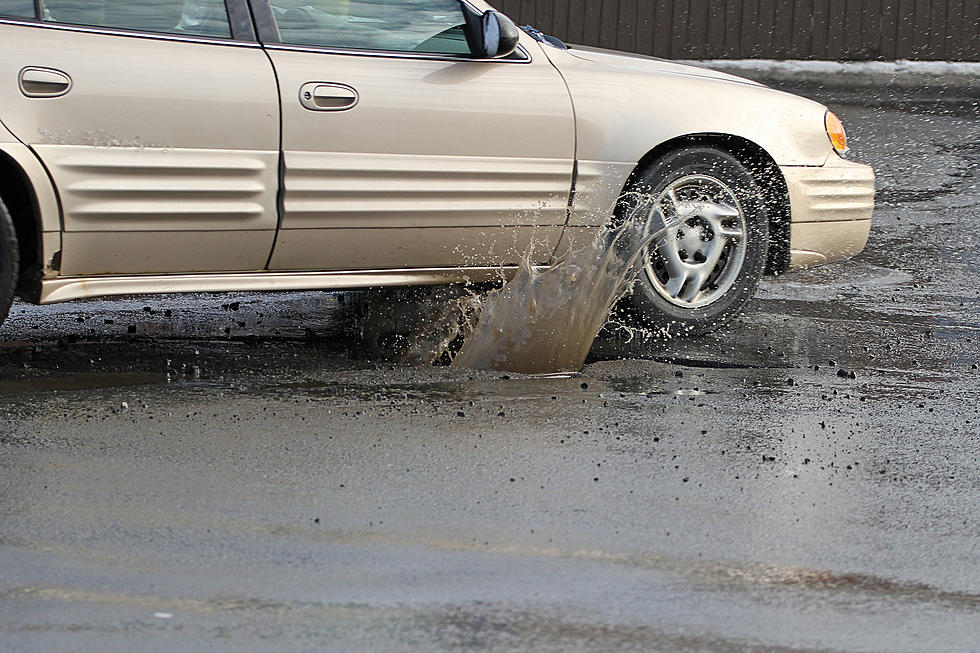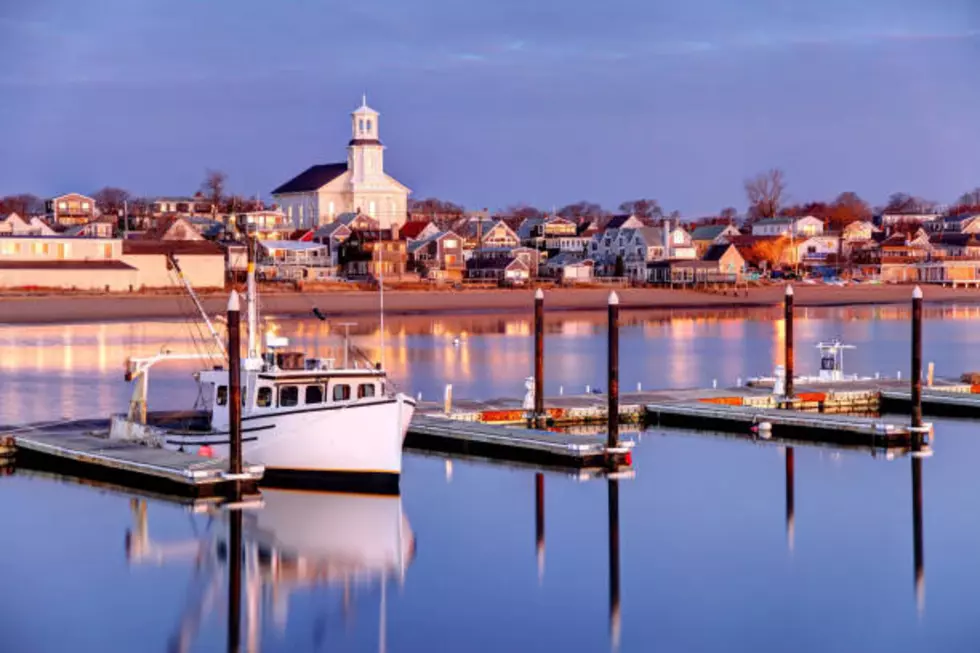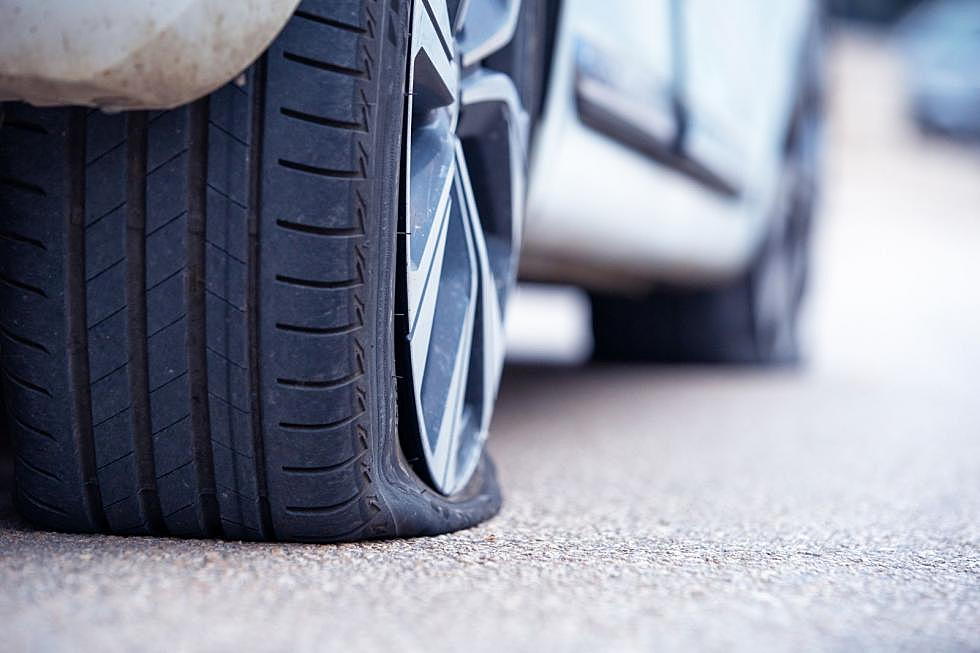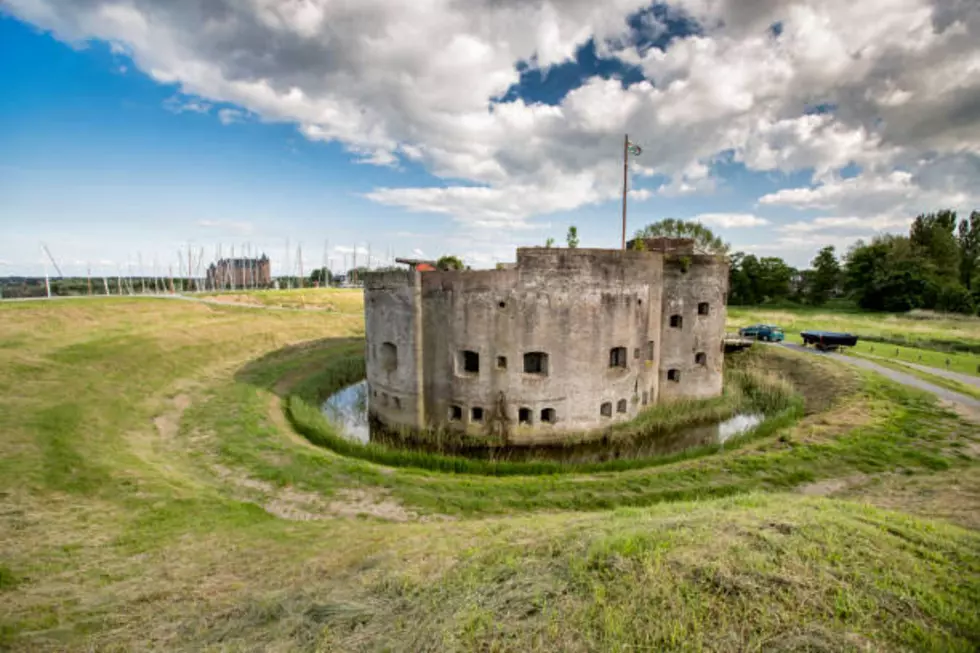
Five Cities/Towns That Have the Worst Potholes in Massachusetts
Although much of western Massachusetts received a few fresh inches of snow over the weekend, lifelong residents know that after the winter season fades away and the snow begins to melt, the state starts to transition into another season...pothole season. That other magical time of year when Massachusetts residents do nothing but complain about the state of their roads.
Potholes are simply a fact of life in any cold weather area and are basically unavoidable. The little bastards are caused by the expansion and contraction of ground water ground under the pavement. When water freezes, it expands. The pavement will weaken and continue cracking if the water repeatedly freezes and thaws with changing temperatures. Again, they're pretty unavoidable. But what municipalities can do, is repair them. However, the weather, availability of materials, and manpower all have to be there.
If you hopped on social media and checked out a Berkshire County page, some comments might lead you to believe Pittsfield has the worst roads in the entire state, maybe even the country by some accounts. In reality, we're basically just like every other city of this size in New England. In fact, we're not even close to the worst.
According to CBS4 in Boston, Massachusetts residents were surveyed about the quality of their road conditions.
Massachusetts residents surveyed complained about the high number of potholes as a result of harsh winters. Boston, Worcester, Lowell, Norwood, and Walpole were identified as having the worst pothole conditions.
CBS4 reports that findings also show that according to the federal government Massachusetts has approximately 472 bridges and nearly 1,200 miles of highway that are in “poor condition.”
Massachusetts however, does not have the worst roads in the county. That prize goes to the smallest state in the U.S., Rhode Island.
See the Must-Drive Roads in Every State
LOOK: The most expensive weather and climate disasters in recent decades
Gallery Credit: KATELYN LEBOFF
More From WNAW AM









